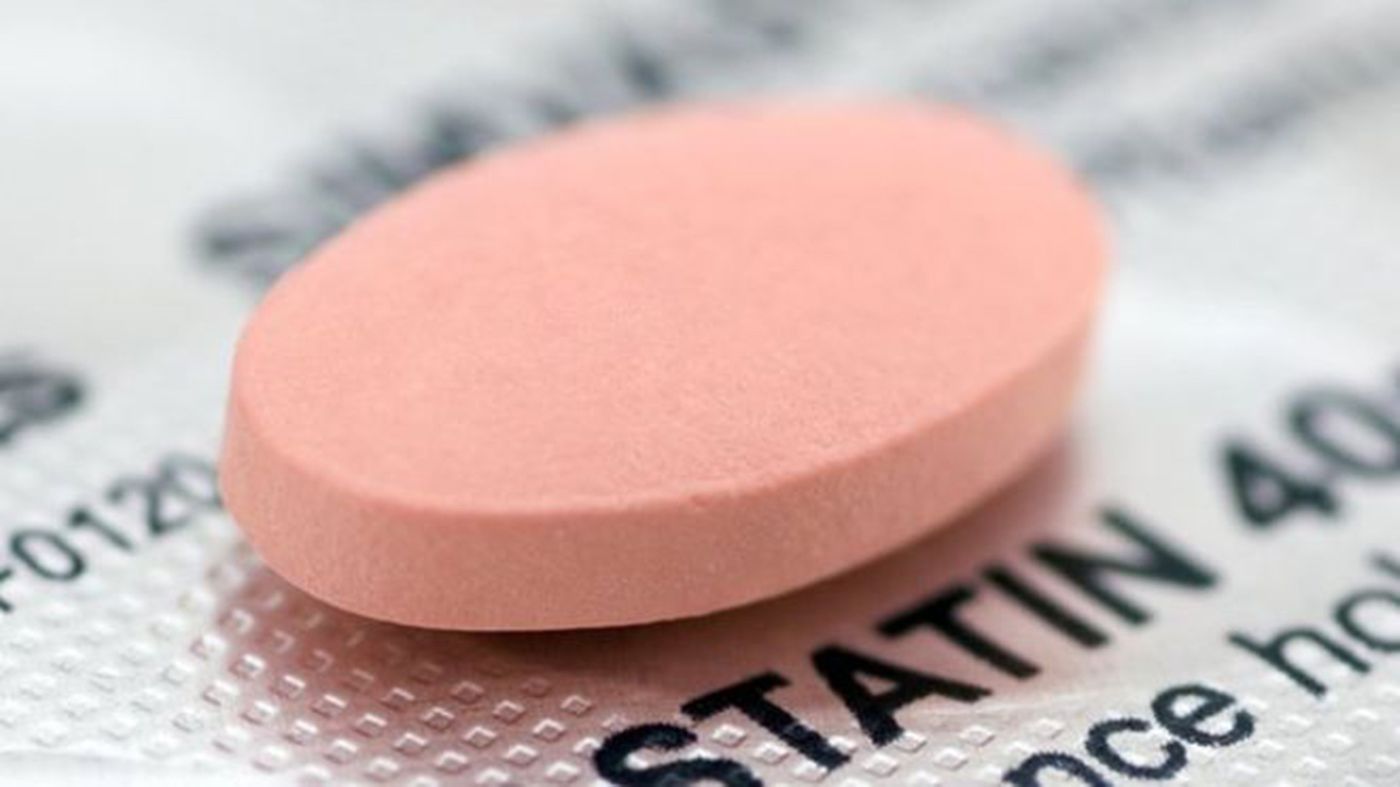Your Response to Statin Drugs Predicts Risk of High Cholesterol
The experience of side effects while taking statin drugs is the strongest predictor of an individual’s failure to meet healthy standards of low-density lipoprotein (LDL) cholesterol levels, says a new study from the European Society of Cardiology.
"Patients who experience side effects are probably more likely to reduce or terminate statin use, or their doctor may prescribe a weaker drug or take them off statins altogether," lead author Dr. John Munkhaugen explained. "Individual variations in how the body reacts to and uses the drug may also play a role."
Munkhaugen said that reducing LDL cholesterol, also known as “bad” cholesterol compared to high-density lipoprotein (HDL), is beneficial to human health because it reduces the progression of coronary heart disease. "European guidelines recommend a blood LDL cholesterol goal of less than 1.8 mmol/l, but just one in five cardiac patients taking lipid-lowering drugs achieve this.”
Statins are lipid-lowering, or cholesterol-lowering, drugs that inhibit the production of cholesterol in the liver. In addition to lowering “bad” cholesterol, statins are also designed to elevate levels of “good” cholesterol, or HDL. Accumulation of “bad” cholesterol in the body can contribute to blood flow-blocking plaque formation in the arteries. This condition is called atherosclerosis and often leads to multiple types of heart disease.
Last spring, experts from Johns Hopkins University made recommendations for medical professionals on when to prescribe statins. In the rare case that statins could cause muscle damage or diabetes, it is important for doctors to consider a patient’s whole health when considering a statin prescription. Professor Neil J. Stone from Northwestern University explained that the decision should be informed by the intersection of scientific evidence, clinical judgment and patient preference, but clinicians need to individualize the advice.”
Munkhaugen and his team conducted a study of over one thousand patients hospitalized with a coronary event or treatment, including heart attack, coronary artery bypass graft, or coronary stent procedure. Researchers collected a variety of information from each participant while in the hospital as well as up to three years after their visit. Based on their data, the researchers calculated that statin-specific side effects, consisting mostly of muscle complaints, were by far the strongest predictor of a patient’s likelihood of missing the healthy cholesterol level.
"The findings show that the focus for interventions to improve LDL cholesterol control are statin side effects, and adherence to and prescription of sufficiently potent statins," Munkhaugen explained.
Munkhaugen’s study was recently published in the journal European Journal of Preventative Cardiology.
Sources: European Society of Cardiology, MedlinePlus.gov, Johns Hopkins University









